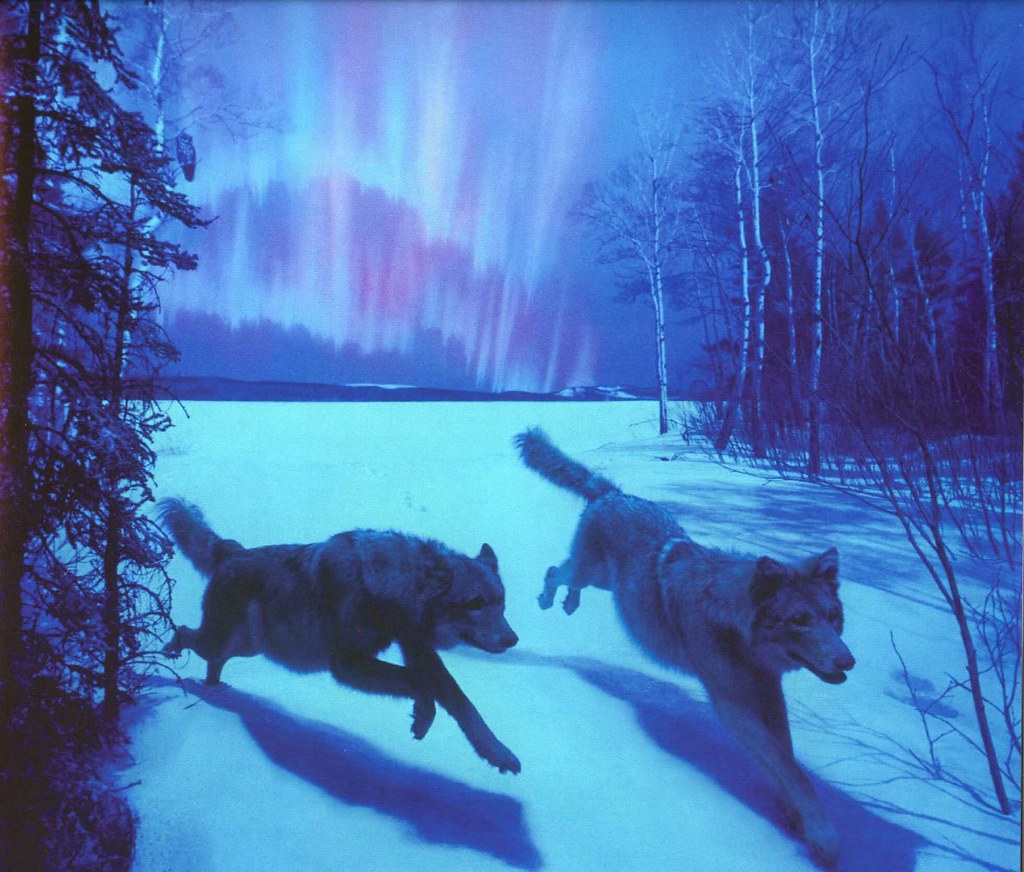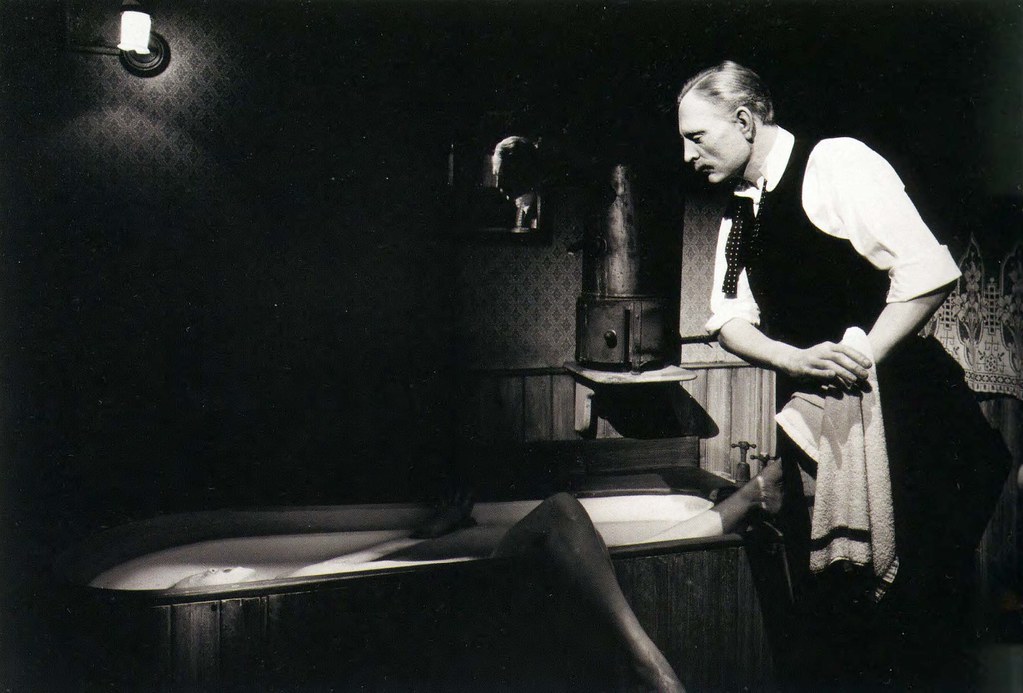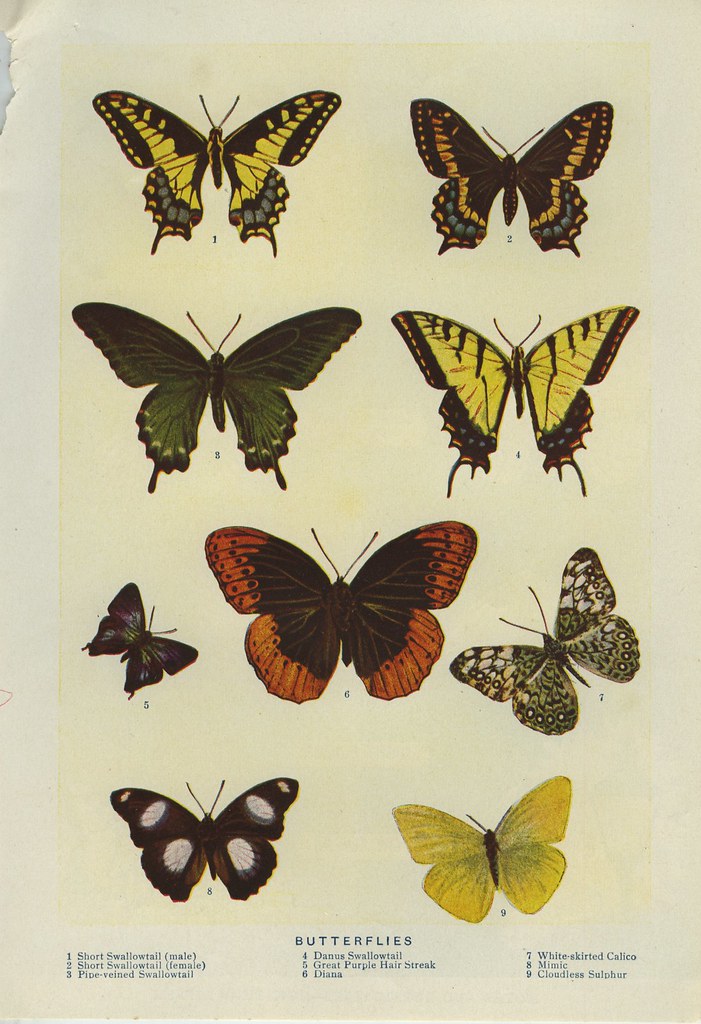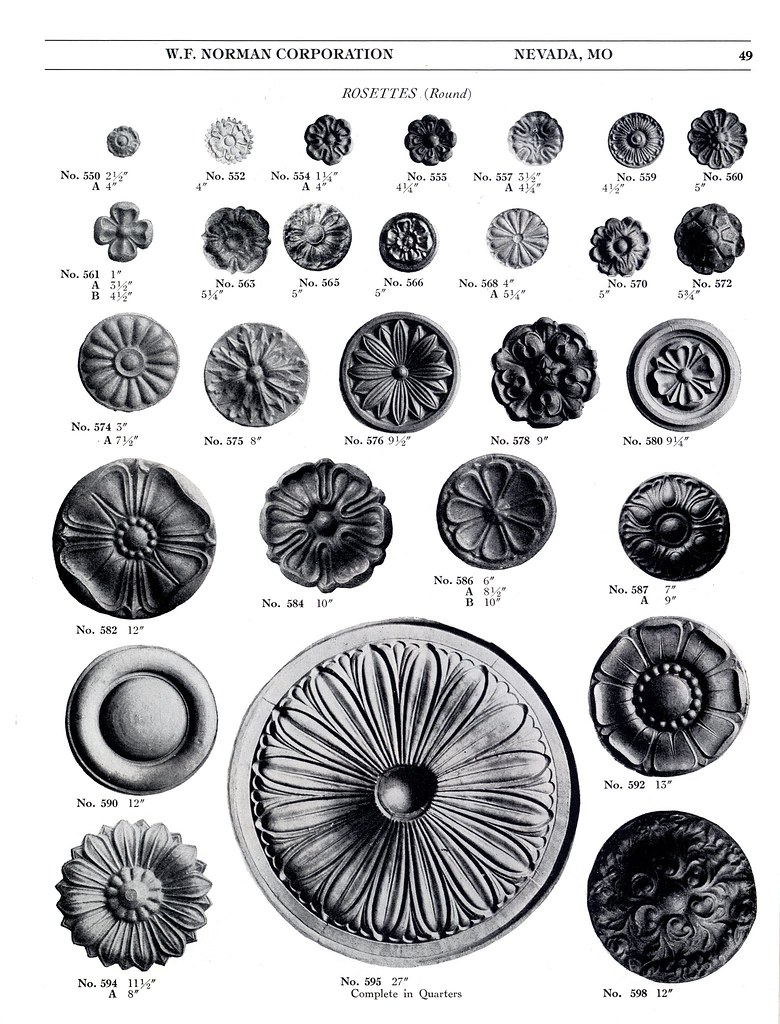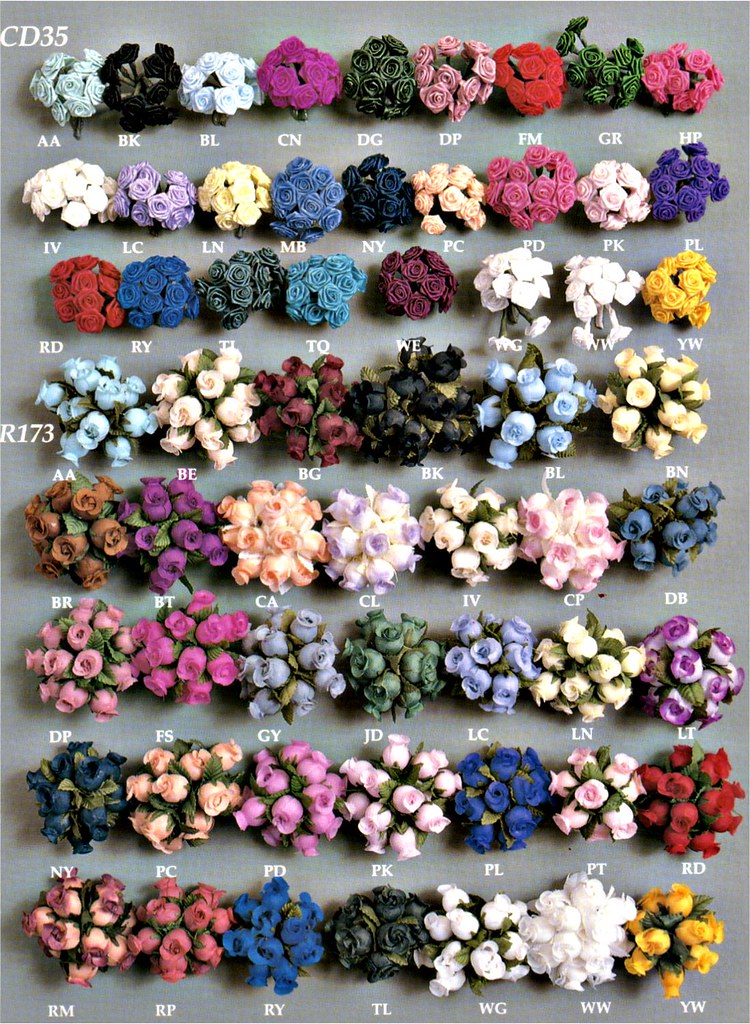Concerning the collections we're unaware we're making. Flickr automatically generates a list of the all the tags for the photos I've uploaded:

The size of the word corresponds to its frequency. (I store the documentation of my artwork on the site, which is why my name is so big.) It's a little odd for me to see this, because it totally exposes my interests and obsessions. The largest tags tend to be large, abstract concepts that indicate general areas of study (graphic design, nature, collection, etc.) The smaller tags, which might relate to only one or two images in my photostream, are even more personal and specific. Fantasy and escapism seem to be reoccurring themes (celebration, illusion, magic, nostalgia, party, spectacle, toy, whimsy.) Sex and gender are also prominent (boy, boy girl, female, gender, men, sex, women.) According to this list, I have an equal interest in hat and money.
For purposes of comparison, here are the tags from the flick accounts of two friends, Hannah Brancato and Payton Turner:


